Water conservation, native plants and more use of public transportation like buses are some of the things Yakima community members are looking at in response to climate change.
The Yakima City Council asked the Sustainable Yakima Committee in May 2022 to advise them in addressing sustainability and climate change, and the host of issues that fall under those umbrellas.
The committee released an initial Climate Action Plan in December to address carbon emissions in Yakima and help prepare the community for the effects of climate change.
“Climate change has had significant and tangible impacts on the city of Yakima and its surrounding region,” the plan’s executive summary said. “Climate change is no longer a distant threat but a present reality that the community is grappling with.”
Experts from the University of Washington and Washington State University agree climate change and its effects are and will continue to be felt in the Yakima Valley.
“We’ve reached a point where, basically, all our weather is affected by climate change, given that our weather happens in an atmosphere that is warmer,” said Crystal Raymond, climate impact specialist with UW’s Climate Impact Group. “It’s hard to disconnect that now. We’ve moved into a time now where there is a climate change role in the weather we experience.”
That warming is linked to human’s emissions of greenhouse gases like carbon dioxide and methane warming our atmosphere at unprecedented rates.
Sustainable Yakima’s efforts are a part of broader efforts in Yakima to lower emissions of carbon dioxide and prepare for the consequences of warmer temperatures such as droughts, wildfires and challenges to the region’s water supply.
“Projections indicate it’s going to get warmer,” said Chad Kruger, director for the Center for Sustaining Agriculture and Natural Resources at WSU.
What do warmer temperatures mean?
The weather doesn’t just get warmer, Kruger said.
“There’s still a lot of variability in climate predictions,” he said.
Over the last century, there’s been around 2 degrees of warming, he said, but that is unevenly distributed, even within a single day. Kruger added that daytime low temperatures have increased more than daytime high temperatures, for example.
It’s also unclear how fast future warming will take place. Kruger said warming of up to 3 to 4 degrees could occur in the next few decades. Those changes fall within historical expectations, Kruger said, meaning they have historical precedents.
When temperatures increase beyond that, though, changes could hit the economy and environment which could metaphorically rock society. Temperature increases of 5 to 6 degrees could hit around the middle of the century. The later that happens, the more time people have to prepare, Kruger said.
“The question from a climate perspective is when do our expectations change?” Kruger said. “That’s probably the mid-century point.”
Kruger and Raymond emphasized that projections aren’t rock solid.
“There is actually different potential pathways we could be on in the future and those depend on the decisions we make,” Raymond said.
Additionally, variations in temperature will still be felt in weather. There will be hot days and cold days, freezes and heat domes. Those events may just have increasing severity as the climate is impacted, Raymond said. She pointed to the current El Niño event, where abnormally warm water in the Pacific Ocean causes warm and dry conditions in Central Washington.
“Both of those things work together and work in the same direction. That really accentuates what we feel,” Raymond said.
Climate impacts in Yakima
Climate change will have impacts on the local level. Raymond divided impacts into two categories. The first is day to day effects, like periods of longer and hotter weather or rainier, rather than snowier, winters. The second is emergency events.
That’s something Sustainable Yakima noticed, said committee chair Jeff Scott.
“What we're seeing is an increasing intensity in these events/threats, such as wildfires, and drought conditions,” Scott said in an email. “Flooding can be another climate change event-threat.”
The group's plan examines a variety of these effects. Heat waves can have health effects, increased wildfires can threaten homes and lower air quality and agriculture and local biodiversity may be disrupted by higher temperatures and changes in precipitation.
Raymond pointed that with warmer temperatures for more of the year, vegetation could be drier for longer periods of time and extend the fire season across the Pacific Northwest.
One of the most significant impacts of higher temperatures could come in the Cascades, Kruger added.
“If it gets a little warmer in wintertime, even if our precipitation stays the same,” Krueger said. “A little bit warmer means less snowpack.”
Yakima's climate plan says climate change has led to changes in the timing and intensity of precipitation, reducing snowpack in the mountains and affecting the availability of water during the dry season.
Kruger said that regions that receive water from the Columbia will be better equipped to handle higher temperatures; that water comes from Canada, which is further north and has better snowpack prospects.
“Places like Yakima, where most of the water comes out of the Cascades in the southern part of the state, it’s a low elevation watershed and it could be highly impacted,” Krueger said.
“We usually get precipitation here,” he added. “It’s whether it falls in the mountains as snowpack and is available to us in August.”
Sustainable Yakima
Sustainable Yakima’s plan has a wide range of proposals for addressing climate change.
Many of the ideas center on reducing greenhouse gas emissions by discouraging pollution and introducing ways to take carbon out of the atmosphere. The plan also has strategies to support and prepare community members for climate disasters and extreme weather events.
Coleen Anderson is the founder of climate group 350 Yakima Climate Action, a local chapter of an organization focused on environmental justice and reducing fossil fuel use, and was excited by the plan. Many of its plan findings and proposals fall in line with 350 Yakima’s.
Greenhouse gas emissions in Yakima primarily come from transportation and energy consumption that rely on fossil fuels, Anderson said. Sustainable Yakima’s plan also notes emissions from industrial process, agricultural processes and landfills.
Sustainable Yakima’s plan has multiple options for improving transportation. There are options like encaging bus ridership and electric vehicle infrastructure, but the plan also notes the benefits of better sidewalks and pedestrian and bike routes to encourage alternative forms of transportation.
Anderson advocated for better sidewalks to allow children, elderly residents or people with disabilities to walk around with more safety. She called for more bus routes and increased frequencies, which were not listed in the Sustainable Yakima plan.
Much of the Sustainable Yakima plan centers on outreach and education, like encouraging people to use buses, supporting the installation of energy saving measures in buildings or sharing information about water conservation.
Anderson praised those efforts and encouraged education for school age children, as well. She added that increased efficiency and using less fossil fuels could be cheaper in the long run.
“All of these things would help save people and the city money,” Anderson said. “I think they’ve done a really good job on the plan.”
The plan calls for equity in the distribution of solutions and resources and said that low-income communities, people of color, Indigenous communities and other marginalized groups tend to experience the impacts of disasters and emergencies disproportionately.
That equity lens is visible in the recommendations for increased housing and food resources in Yakima's low-income and marginalized communities. Stable and weatherized housing is important for climate events or emergencies, according to the plan.
Scott said the committee is working on the plan and will release an update this year. He added that the city had already embarked on some of these efforts.
Anderson noted that while the plan contains a broad list of recommendations, there are few specific goals for carbon emissions or locations explicitly named.
Trace Bradburn, the city staff liaison with the Sustainable Yakima Committee, said the committee has worked to secure grant funding, but its plans are recommendations to Yakima City Council, which ultimately makes decisions on these issues.
“They’re simply a body that can make recommendations,” Bradburn said.
Council members had mixed responses on the subject of climate change.
Rick Glenn, city council member for District 5, took office after the plan was presented to the council late last year.
He said he was more concerned with state environmental policies and the increasing costs he had seen for building and fueling. He called for a balance between fossil fuel use and environmentalist efforts and said it was still important to take care of the environment.
“I’m all for positive climate, improving our environment,” Glenn said. “But I don’t want to spend a lot of money on things that aren’t going to help.”
The District 4 council member Janice Deccio said Yakima faces climate concerns like many other cities. She advocated for more education.
“The work and importance of this committee cannot be downplayed. They created a very comprehensive action plan that identifies the areas that are particularly relevant to our Valley,” she said.
Other council members could not be reached this week or declined comment on the plan.
Talking about water
The city already is focused on water supply and conservation. Conservation is always encouraged, said Mike Shane, the city’s water and irrigation manager. Some of the efforts are connected to the Yakima Basin Integrated Plan, a long-range water supply and conservation effort that involves federal, state and local governments, tribes, irrigators and environmentalists in the region.
The city of Yakima is a junior water rights holder, Shane said, so in years when the water supply is low in the Yakima River Basin, the Bureau of Reclamation can limit the city’s water supply. Last year, it was limited at 72% of normal and it could be limited again this year, Shane said, due to a smaller snowpack in the mountains.
“Overall, I think we’re set pretty good. But with the effects of climate change and the unknowns, there will be effects for Yakima,” Shane said.
There have been greater limitations in the past, Shane noted, and to supplement water shortages in high-usage summer months, the city uses groundwater.
Yakima began to develop extra water storage measures in 2019. This year, Yakima’s water department will begin using its aquifer storage and recovery (ASR) system in full force. The system allows the city to take excess surface water from the Naches River and pump it back into groundwater aquifers, where it can be pulled out in times of need.
“We’re able to treat that water and store that water into the ground,” Shane said. “That helps us supplement our water supply going forward.”
This winter, the city water department is storing water underground. They can’t leave it underground for years without losing some of it, Shane said, but it helps during the hot summer months. Shane said the city has just finished testing and permitting its current system, but he is already turning his attention toward expanding it.
“It’s imperative for us to continue forward with projects like ASR,” Shane said. “We’re hoping, depending on available funding, to drill a couple more ASR wells in the years to come.”
That system isn’t perfect, Shane added. When the Naches River freezes, for example, the city’s treatment facility north of Gleed cannot treat the water. Last year, runoff from a forest fire burn area caused high turbidity in the water and made it difficult to treat during the summer, Shane said.
The Sustainable Yakima plan, as well as researchers at UW and WSU, pointed out that increased wildfires are caused by climate change.
The Parks Department and local schools reduced watering which helped, but there may be times when voluntary conservation is needed, Shane said. He added that Yakima residents have been more open to those efforts recently.
Changes to our landscape
One way to make the community greener is to literally make it greener. Sustainable Yakima’s plan calls for carbon sequestration, when carbon dioxide is taken out of the atmosphere by plants or other carbon-capturers, through community gardens.
The plan notes that such sites could also produce food locally. Anderson endorsed those efforts, advocating for abandoned or vacant land to be used for such gardens.
Another effort that has begun sprouting up in Central Washington neighborhoods is the Heritage Gardens Program.
Kelsey Kelmel leads the program out of the Benton and Franklin county conservation districts. The program also serves the Yakima area, and collaborates with the North Yakima Conservation District. She said staff visit residents across the region and advise them on planting native plant species to reduce water usage.
“It provides technical assistance to folks who want to use native plants in their area,” Kelmel said. “The goal is to promote water wise landscapes and native plants play a big role.”
Lawns can require up to 30 inches of water a year, Kelmel said. Yakima has averaged just over seven inches of precipitation a year over the last two decades, according to the National Weather Service.
Staff from the Heritage Garden Program will come to residents’ yards for free and discuss how and where to plant native species. Those gardens can take time to grow, said Michael Tobin, district manager of the North Yakima Conservation District.
Tobin said the North Yakima Conservation District worked with the Heritage Gardens Program to plant a variety of species around its building near Perry Tech with the help of a state Department of Ecology Grant.
“It’s a place to come and visit and envision what you may or may not want in your yard,” Tobin said. “Water is going to be a scarcer and scarcer resource.”
The long haul
Raymond said the effects of increased greenhouse gases in the atmosphere are still being felt and will continue to be felt. Carbon dioxide, for example, can stay around for years. Kruger said effects of climate change will continue to be felt, and could increase, in the 2060s.
Sustainable Yakima’s plan is just getting started. The plan has goals for five and 10 years from now.
Anderson said the challenge is large and that change has to be large too.
“Doing the bigger things is more important. That’s why getting out to vote is so important, talking to your legislators, getting your city to do the things it needs to do,” Anderson said. “That’s where the power is, that’s where the change needs to be made.”

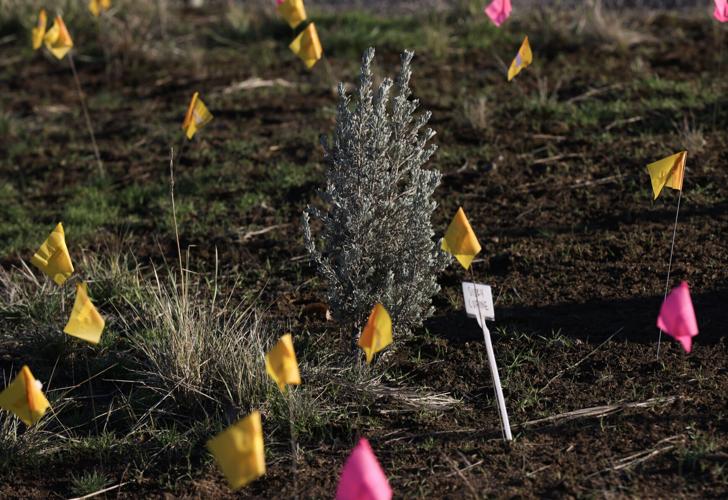
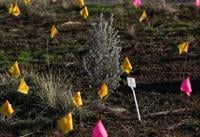

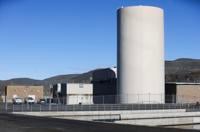

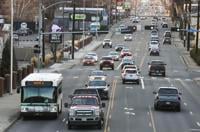
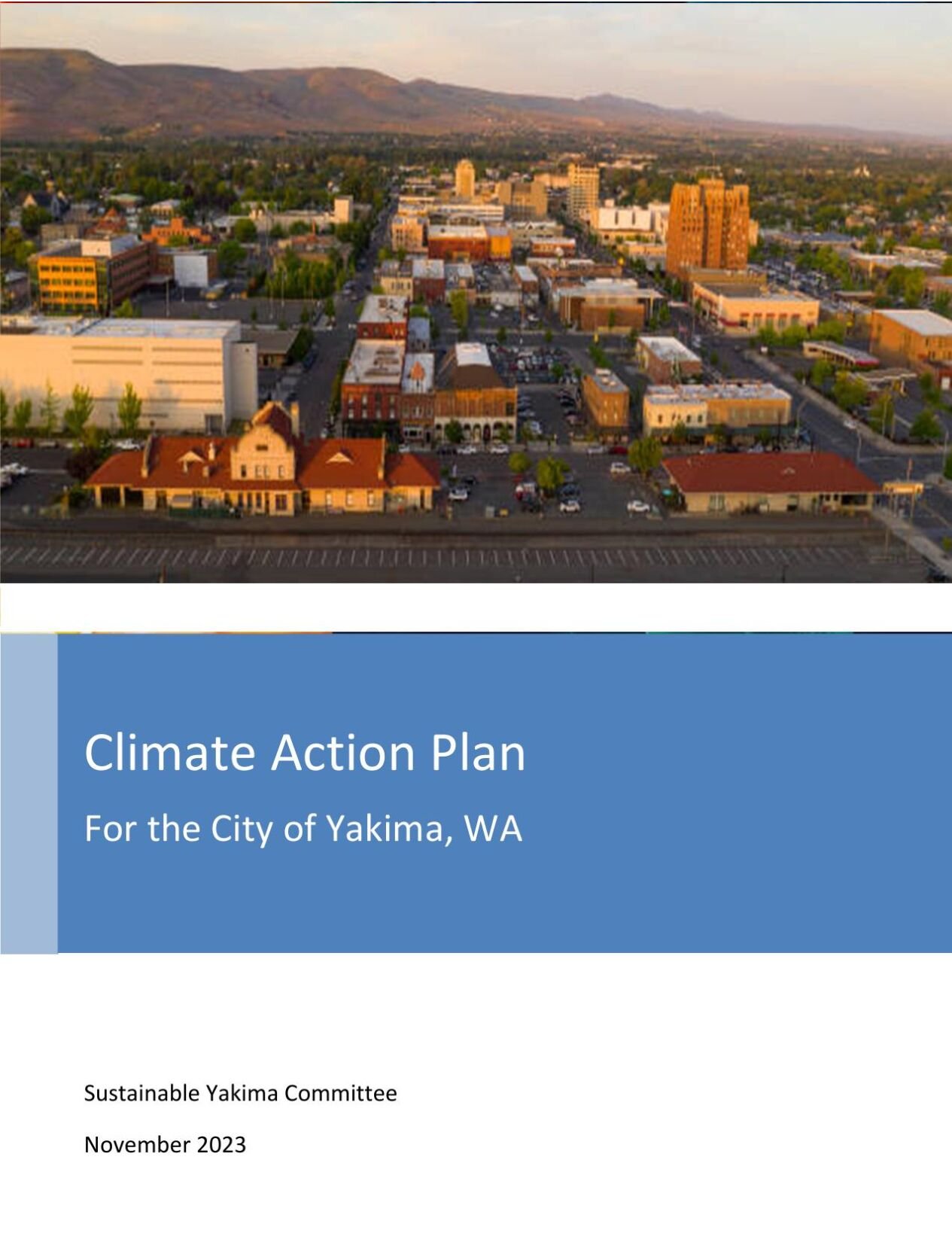



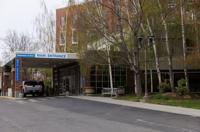

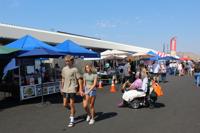
(0) comments
Comments are now closed on this article.
Comments can only be made on article within the first 3 days of publication.